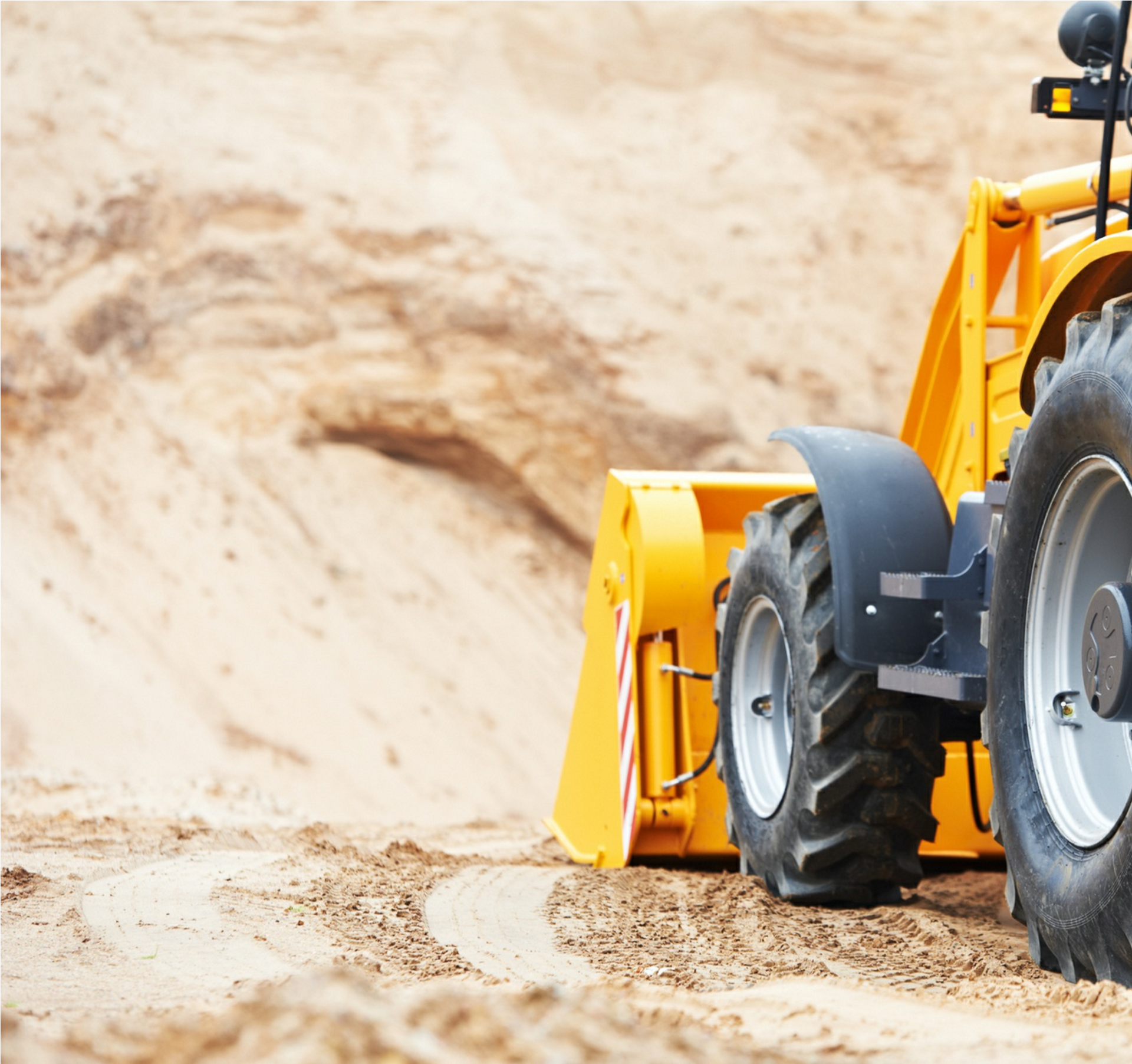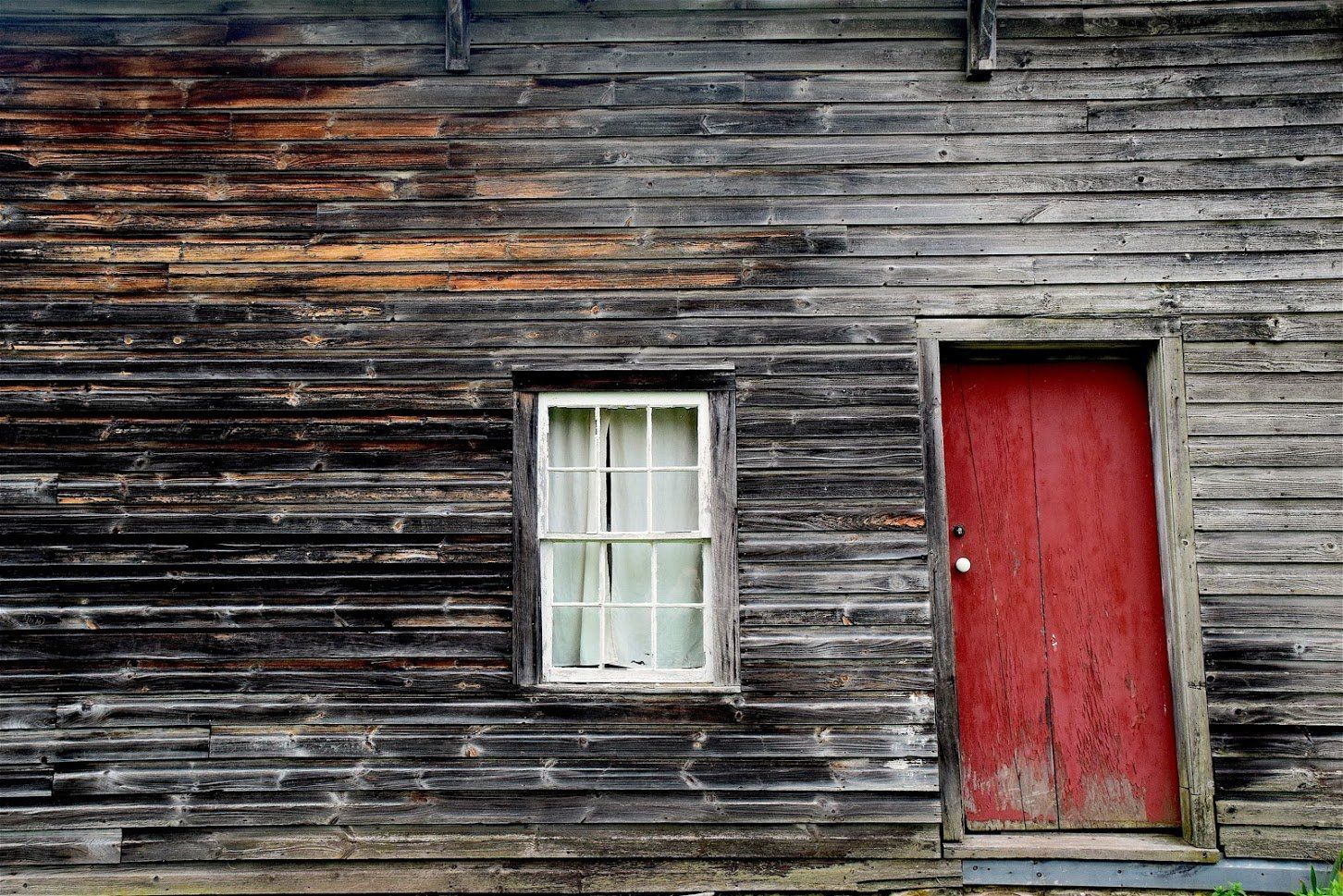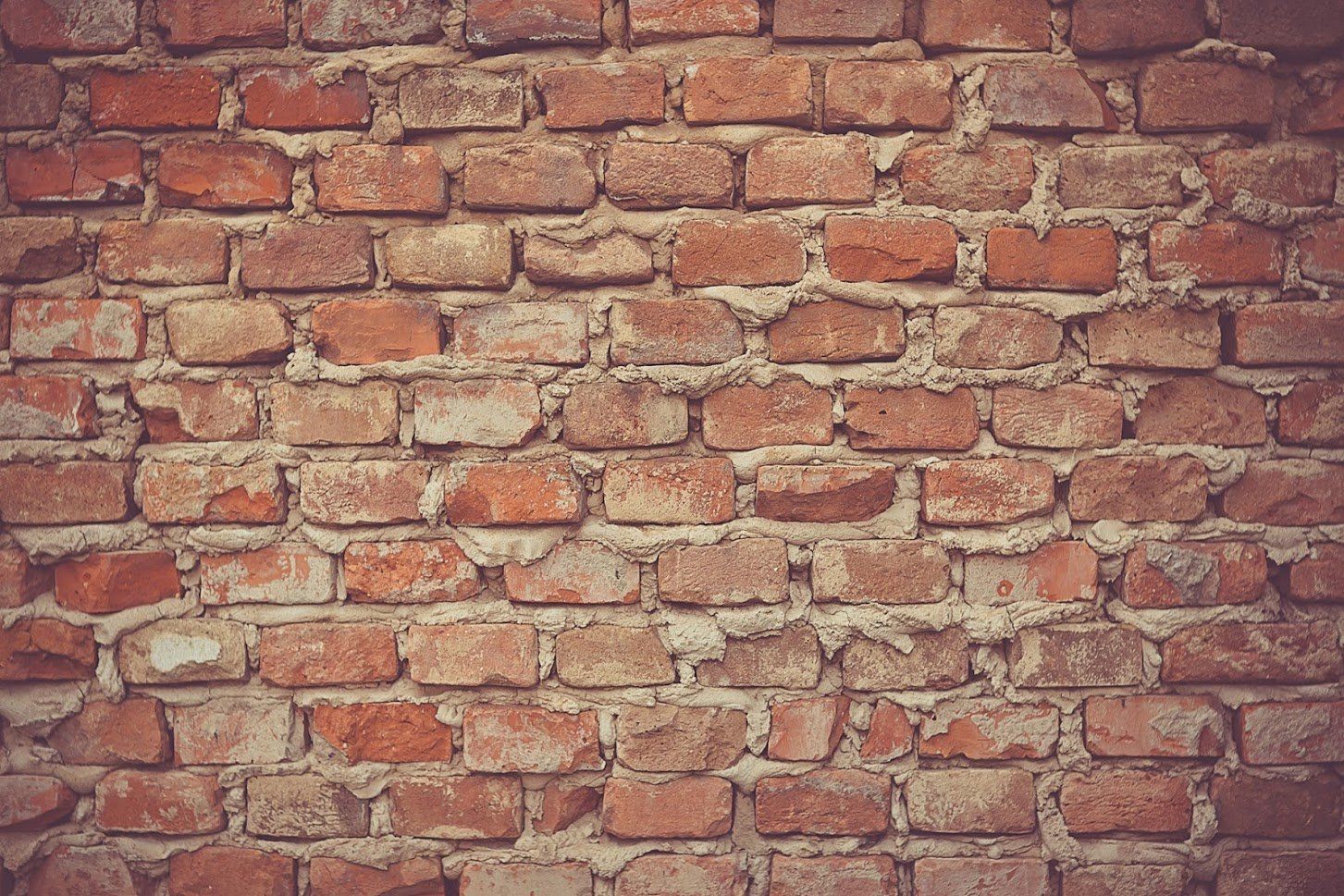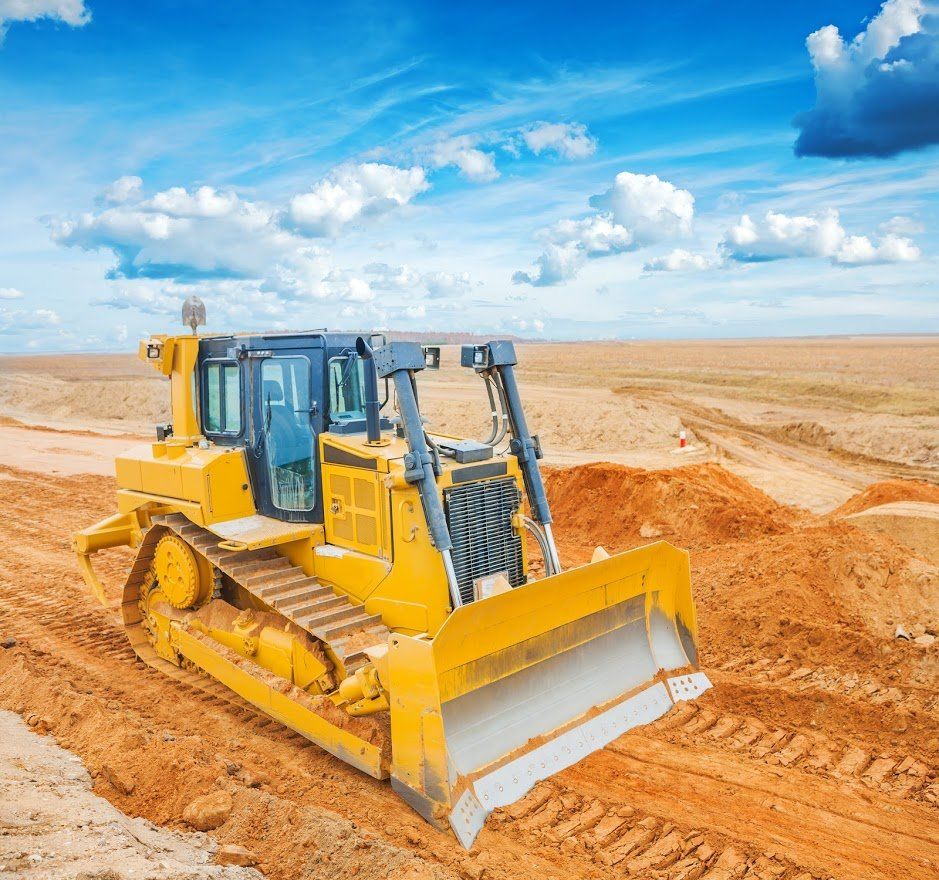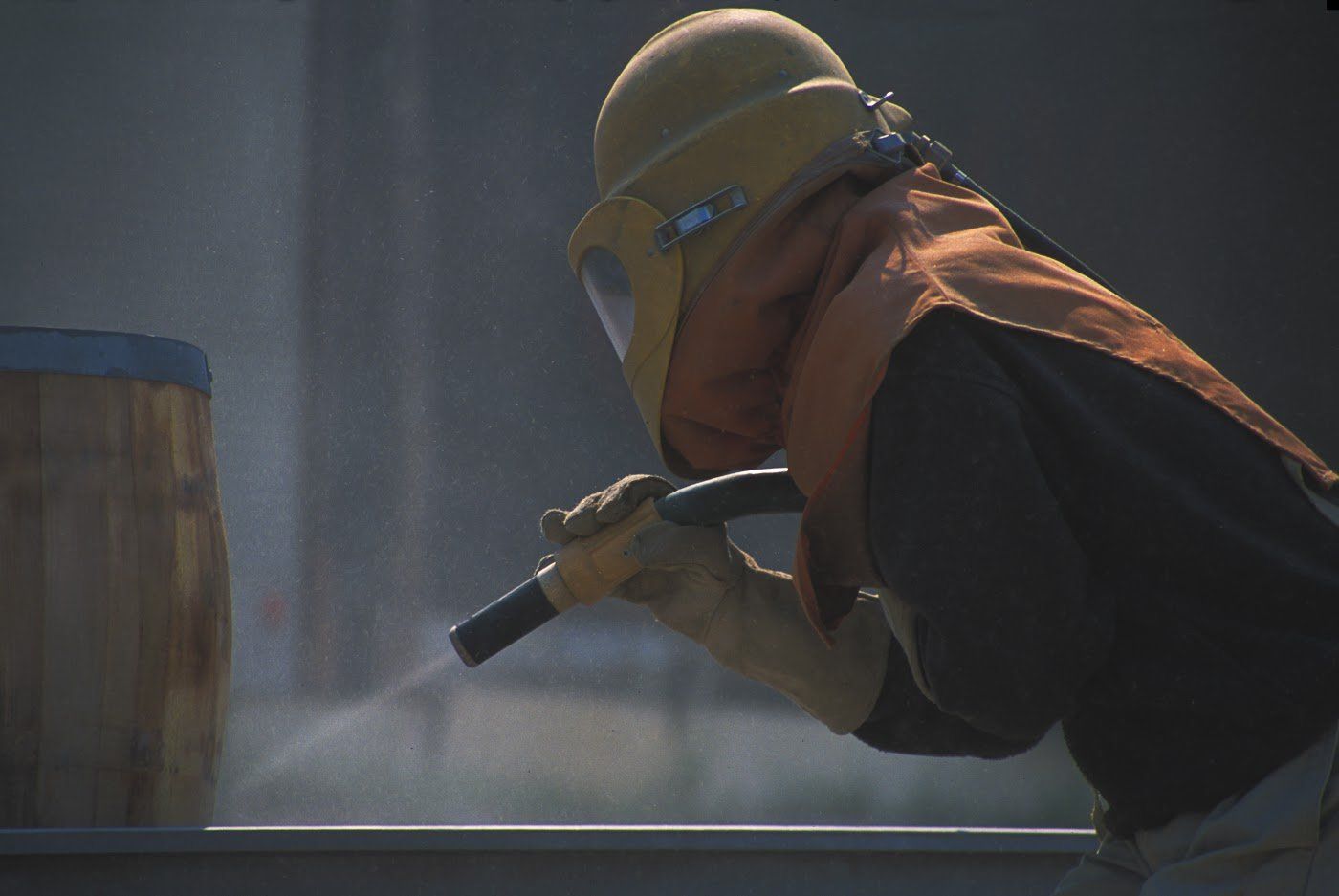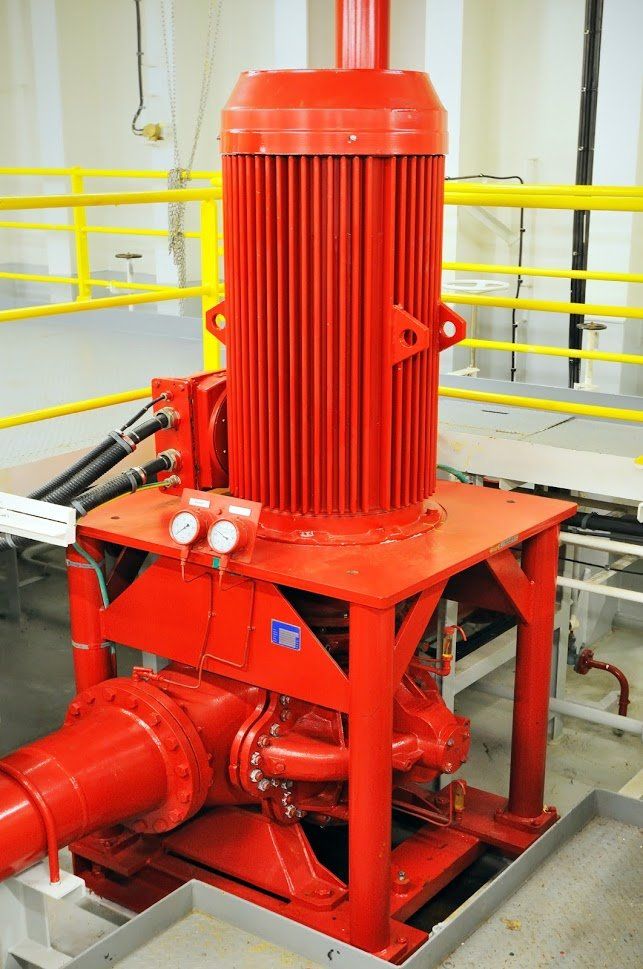Garnet Sand Blasting and Its Applications
Sand blasting has applications in myriad industries, from outdoor painting to steel manufacturing. One of the most common abrasive materials used in precision sand blasting applications is garnet sand.
In this blog, you'll find an overview of garnet-based abrasives and how experts use them in industrial applications. If you understand your material options as a business owner, you can make better manufacturing decisions in your company.
What is garnet sand?
The garnet sand used in industrial blasting looks much like the garnet stones used in fine jewellery. Garnet sand consists of natural Almandine garnet grains. Almandine, also known as carbuncle, represents an iron-aluminium garnet. Deep red translucent Almandine stones may undergo cutting and shaping to become fine gems.
Smaller Almandine grains and dust particles may become industrial-use garnet sand. This type of garnet occurs in metamorphic rocks. While metamorphic rocks form, they undergo extreme heat and pressure, which results in growth of gemstones.
Garnet sand remains brittle, which allows it to break into a several grain sizes but also makes its uses finite.
Why do technicians use garnet sand?
The characteristics that make Almandine garnets desirable as precious stones also makes garnet sand desirable. This type of garnet retains high levels of hardness, durability and abrasiveness.
With large stones, these characteristics make garnets difficult to chip or break. With garnet sand, this gives the particles the strength required for industrial smoothing and surface preparation.
During this process, garnet sand enters a stream of compressed air. The compressed air propels the dust onto a surface in controlled, concentrated amounts. The blasting creates a smooth, even surface, ready for finishing or painting. Most sizes of garnet sand grain handle 5 to 10 uses while retaining total recyclability.
Where does garnet sand come from?
Originally, most garnet sand came from mines in Asia Minor. But for the last 200 years, most garnets and garnet sand comes from mines in India. This rock garnet supplies Australia, America and India with widely available industrial abrasives.
What applications do technicians use garnet sand for?
Garnet sand works as a surface preparation and cleaning abrasive. This makes it ideal for a wide range of industrial applications, including the following:
- Aluminium surfacing
- Anti-magnetic steel preparation
- Fibreglass surfacing
- Fibreglass surfacing
- Glass etching
- Glass polishing
- Speciality metal alloy surfacing
- Stainless steel preparation
- Turbine blade surfacing
- Water filtration
- Wood finisher
Because garnet sand contains no metal, various industries approve it for use. Garnet sand represents one of the most common abrasives used by major oil companies, large factories and industrial plants and shipyards.
How does garnet sand blasting compare to other types?
Garnet sand is environmentally inert and meets most health and safety requirements. In recent years, this means it has begun to replace other sand blasting materials. Materials like silica, aluminium oxide and steel slag emit toxins and create high levels of dust. This makes them a breathing hazard for industrial workers.
While silica still represents the most common abrasive in most countries, Germany, Belgium, Sweden and the United Kingdom have banned its use. These bans resulted from links between silica use and operator lung disease.
Garnet sand costs somewhat more than silica, which is why it remains less common. However, garnet sand poses little to no health risk as it does not produce excess dust during use.
If you or your company require a sand blasting service, talk to your technician about garnet sand for your next project. This environmentally friendly option can decrease costs and increase efficiency in sand blasting tasks for many industries.
Consider the characteristics discussed above when deciding whether garnet sand is the right abrasive for your specific application.
- Unit 5/3 Kitson Place
- Maddington
- WA 6109
- m. mobile 0407 440 462

